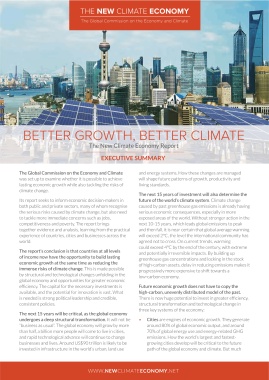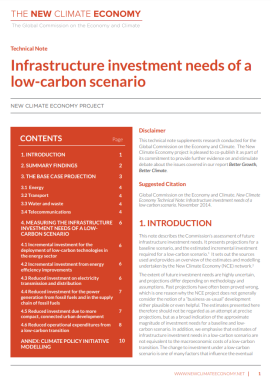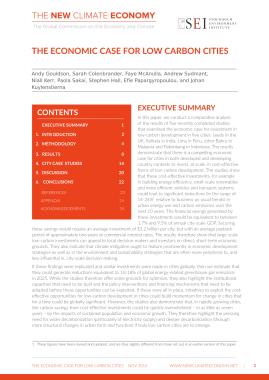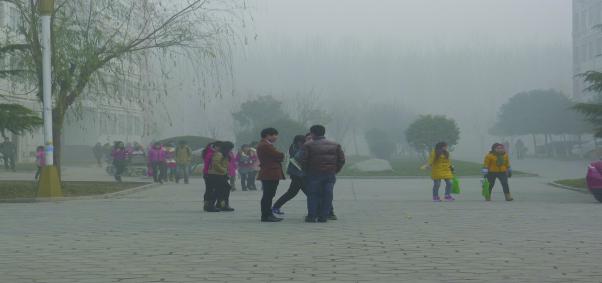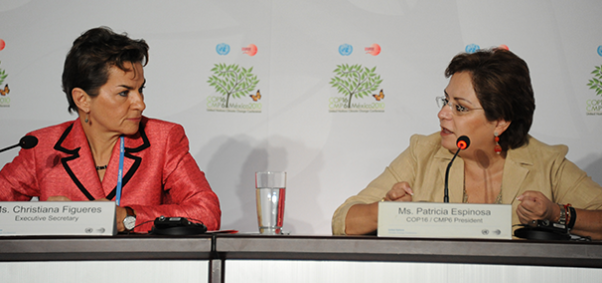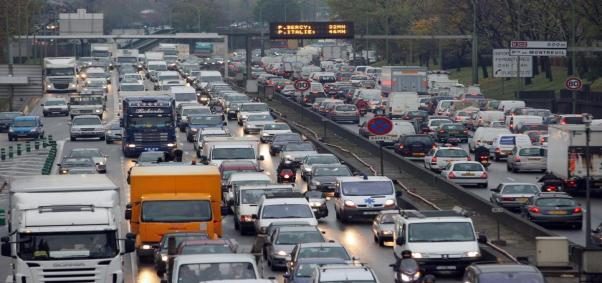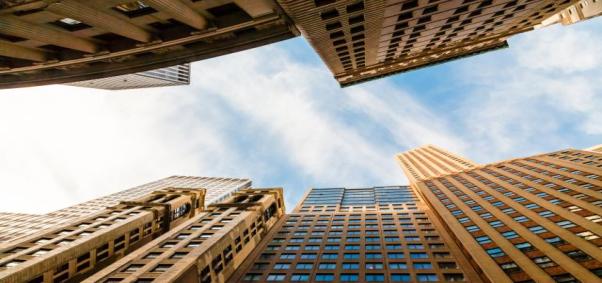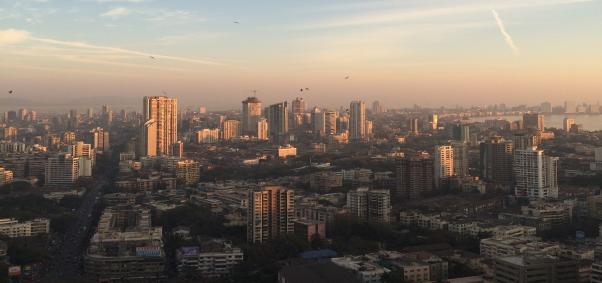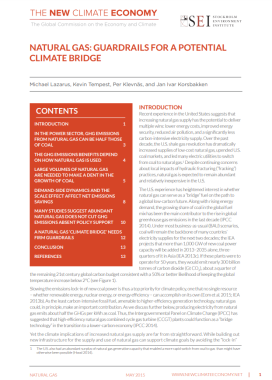
This analysis weighs the potential benefits and risks of relying on expanded natural gas expansion and use as a “bridge” to a lower-carbon energy future, based on a review of the research literature and of recent modelling studies, as well as interviews with sector experts. It also examines the extent to which natural gas could play such a role, and the conditions that would be required.
Downloads
671.88 KB
1.2 MB
459.69 KB
5.38 MB
![]() Seizing the Global Opportunity: Partnerships for Better Growth and a Better Climate.
Seizing the Global Opportunity: Partnerships for Better Growth and a Better Climate.
6.21 MB
2.73 MB

